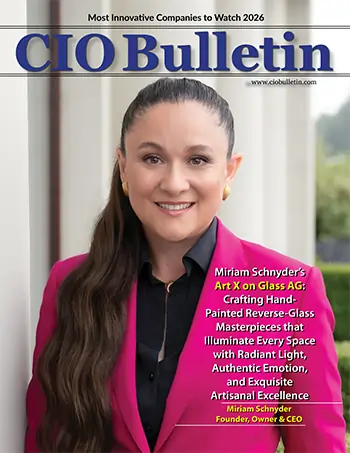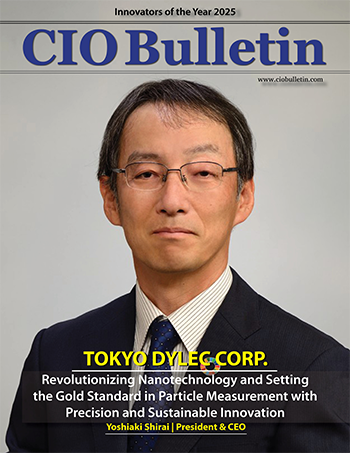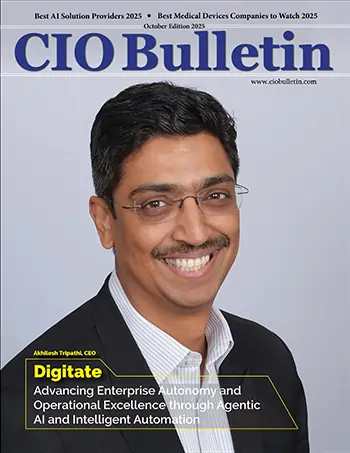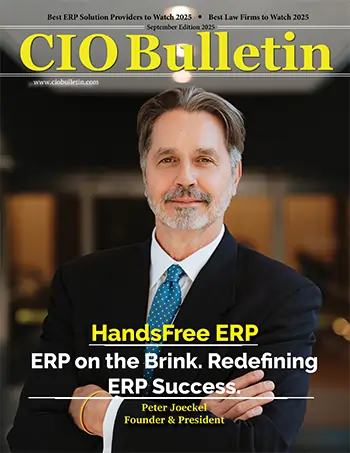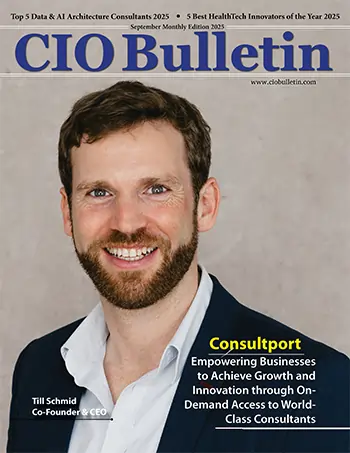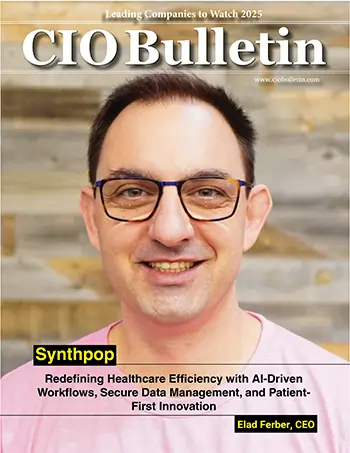Most Admired Companies to Watch 2025
CIO Bulletin
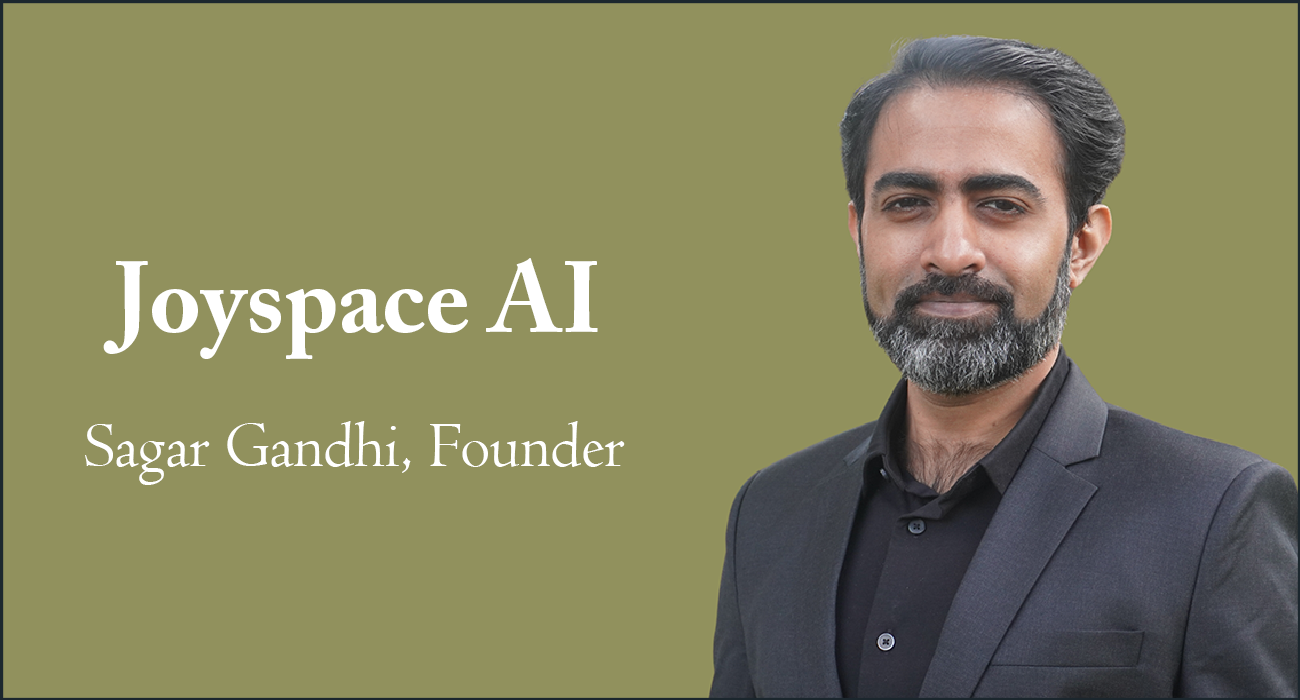
In today's rapidly advancing technological landscape, the relationship between artificial intelligence and human expertise continues to evolve. While headlines often focus on AI replacing human jobs, the most transformative innovations emerge when machine learning and human insight collaborate seamlessly.
This collaborative approach shines in search and multimodal AI technology, where the limitations of purely algorithmic solutions become increasingly evident as user expectations grow more sophisticated. Sagar Gandhi, Founder of Joyspace AI and former Google engineer, emphasizes that the most powerful systems intelligently blend human understanding with computational power.
During his tenure on Google's Search Engine Machine Learning team, Sagar developed innovations that earned him a patent in search technology. This experience highlighted the critical gap between simple keyword matching and the genuine contextual understanding that users increasingly demand. After lending his expertise to two promising startups, Sagar founded Joyspace AI, where his multimodal search and video processing engine now empowers thousands of users by seamlessly processing both visual and textual information. The company's sophisticated AI Captions rendering engine and algorithms for processing video content at scale exemplify Sagar's vision of technology that amplifies, rather than replaces, human capabilities.
Beyond his technical innovations, Sagar's contributions to Search and Multimodal AI technology have earned recognition through podcast appearances and prestigious awards. His research on multimodal AI and an influential patent on search algorithms have been widely cited and adopted by top companies worldwide. As an active judge for numerous conferences and awards, and a mentor for startup accelerators, Sagar continues to shape the industry.
We at CIO Bulletin, after review by our technology editorial board, were privileged to engage in an exclusive interview with Sagar Gandhi, the visionary Founder of Joyspace AI. He shared transformative insights into how his innovative company is revolutionizing the landscape for B2B Marketing, Sales, GTM, and Product teams, empowering them to create high-impact content with unparalleled speed and efficiency.
Interview Highlights
What inspired you to establish Joyspace AI, and how does it address the evolving needs of businesses?
I have been building software for a long time, with broad experience working at Google and Series A startups. My co-founder and I observed that, despite all the noise, SMBs still struggle with creating content and achieving growth. There is significant waste in terms of time and money. While numerous tools make promises, few live up to expectations. My background is in Machine Learning, AI, Search Engine technology, NLP, and Computational Storytelling. My co-founder, a former Amazon employee, has a similar background. We identified a clear market need for products that address the painful challenges of information search, video creation, and transforming ordinary video footage into demand-generating content. We spoke with hundreds of people and confirmed that this problem is very real. It may not seem significant, but saving approximately 20 hours per week for a small business is a substantial benefit. Joyspace AI emerged from the unique convergence of my specialized expertise in ML and AI systems, my experience building search technologies at Google and other organizations, and the evident market demand for innovative solutions.
How did your Google Machine Learning and Search work influence Joyspace AI?
I was fortunate to work with an awesome team. I got firsthand experience to see how things work under the hood and how to build scalable systems. My work on query understanding and signal interpretation created a pathway to create summarized snippets we see in the search results today. I learned about building to scale for billions of people, the importance of experimentation, and making strategically important decisions while building systems. That also led to a patent that is widely used by many top companies here in the US and across the globe.
How has your technology created new value for customers in the Multimodal AI space?
Multimodal AI is a buzzword now, but it was not when we started Joyspace AI. We quickly realized that companies have data spread across the cloud in the form of text, video, audio, and images. We built a homegrown multimodal search engine that serves as the backbone of our products. We have two products in the market—AI Captions and AI Clips. We built our own rendering engine for adding captions and rendering videos. While other products might take an hour to process and add captions, we do that within minutes. Our algorithms are highly optimized for Nvidia GPUs. We do a lot of parallel processing that saves us time and cost. Customers get the best value for their money with our products. We pride ourselves on the best customer service in the world, and every day we try to live up to that reputation. We are in the process of developing our own homegrown AI model.
What technical hurdles did you face when developing your products?
Customers today don’t want to wait for results for 30 seconds. We wanted to create instant output for the AI Captions and Short Clips products. The problem is exacerbated when you think about thousands of videos, audios, and text data. We solved this problem by building a massively parallel processing (MPP) engine for the search engine on the backend. Based on my experience in AI, I built a multimodal search engine that sweeps through terabytes of content in seconds to find highly relevant content segments based on user queries and prompts. For the AI Captions and Short Clips products, I built a video rendering engine that automatically scales based on the length of the content. While we did this work, we also did not want to waste money on the cloud. We auto-deploy cloud resources and then shut them down to save costs when processing is complete for each load. This allows us to balance quality and cost while providing the best value for our customers. We also dynamically switch between AI models for the best quality results.
Who are your customers, and how are they using your technology?
Our customers range from early-stage startups to well-established enterprise companies. Marketers, agencies, creators, and influencers across the world use our products every day. We have thousands of users on our platform. The wide range of use cases includes webinars, podcasts, conference video conversion, real estate videos, online gaming videos, eCommerce product videos, and many others. We are powering a few well-known Fortune 500 companies’ workflows in production. A key differentiator for us is that we don’t compromise on quality and speed.
Where do you see AI and human roles evolving with AI?
AI is changing every day. There are new models coming out every month that bring significant improvements over the past. I see human workers’ responsibilities will be augmented with AI. Many humans will assume operator roles, and AI will do most of the grunt work. There is an opportunity for high productivity gains. Some legacy industries and regulated industries, such as healthcare, are ripe for disruption with AI. We will see engineers, scientists, businesspeople, and the like putting together novel solutions with AI to leap forward in their endeavors. I do not see humans completely replaced by AI anytime soon. Rather, AI will be a great companion for humans across industries.
What advice would you give to engineers and founders working on next-generation search systems?
I have been a judge at numerous conferences, and I constantly review papers. I also get to speak with engineers, scientists, and top researchers. My number one advice to engineers is to build an AI solution quickly to experience it firsthand but at the same time understand what is happening under the hood. We are seeing great improvements in writing code with AI. However, it’s still in its early phase, so there are many mistakes when AI writes code. My advice to founders is to keep customers in mind while you implement AI. While AI can add a lot of value, it should always serve customers’ needs.
